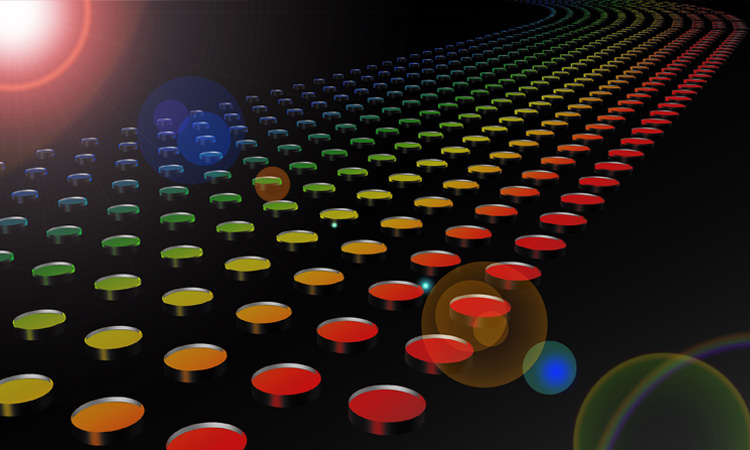Feature
Structured Colors with Dielectric Nanoresonators
Nano-optic features such as nanopillars, subwavelength resonators and Mie voids are all emerging as new tools for creating realistic, durable and environmentally sound alternatives to traditional pigments.
 [Illustration courtesy of Y. Kivshar]
[Illustration courtesy of Y. Kivshar]
Visual perception of colors plays a vital role in our daily lives. Human efforts to create colors have evolved from collecting natural dyes and pigments to the predominant use of industrial synthetic dyes in modern society, driven by the need to reduce costs and meet specific requirements. However, colors generated from dyes and pigments degrade due to radiation damage, photobleaching or heat. These substances might also contain toxic compounds that pose risks to human health and the environment. And the relatively large size of pigment particles—commonly on the order of tens of micrometers—severely limits their applications.
…Log in or become a member to view the full text of this article.
This article may be available for purchase via the search at Optica Publishing Group.
Optica Members get the full text of Optics & Photonics News, plus a variety of other member benefits.
